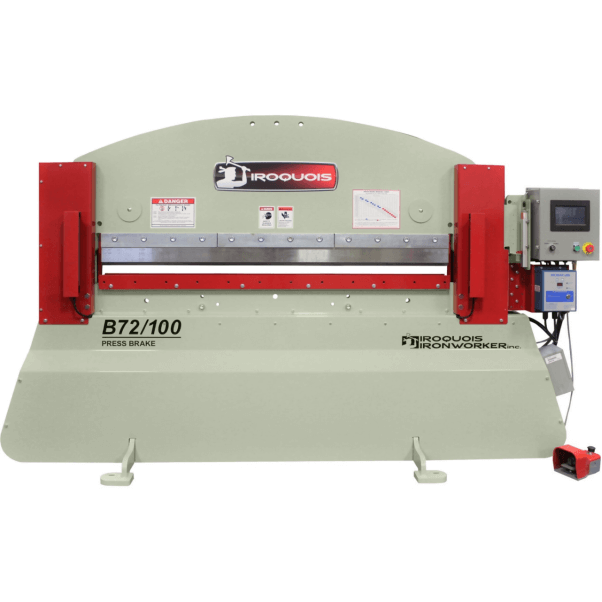
A Guide On Electronic And Hydraulic Press Brakes
Is your old press brake about to end its period of service? Then it’s about time you got a new one so that your business doesn’t come to a stop. The good news is that there are different types of press brakes in the market so people are spoilt for choice. This means that one has to clearly understand his/her options so that he/she can make an informed decision depending on what the needs of the business are.
Tips to help you choose the right press brake for your needs
Understand the options that you have
There are many types of press brakes in different sizes and configurations. The two main types of press brakes available in the market which are hydraulic and electric; the other types are mechanical, CNC, servo, and combination. Before settling on one, you need to research both choices thoroughly so that you can choose one that is more appropriate for your business.
We’ll look at the difference between the two main types:
- Hydraulic press brakes
These are relatively easy to use and are made in such a way that they can handle heavy sheets. If your business deals with heavy and thick sheets, then you should consider this option.
- Electronic press brakes
These machines are energy-savers and are also quite easy to use and maintain. Their job is neat since they offer better accuracy than hydraulic press brakes.

Choose the right tooling
When choosing the tooling, you need to consider the type of materials that your business works with. The rule of the thumb states that you should choose the tooling that gives a strong tooling profile – one that doesn’t surpass the press brake load limits. Ensure that the tooling and load limits match so that you can get the most out of the machine.
If you have old tooling that you plan to use with your newly acquire press brake, make sure that in addition to being compatible, they’re also in good condition. To check what state they’re in, measure the punches and dies from nose to shoulder and from shoulder to shoulder respectively.
The accuracy should be around +/- 0.001 inch per foot for conventional tooling and +/- 0.0004 inches per foot for precision ground tooling.
Work with an experienced seller
The person who sells the machinery to you should have some level of experience when it comes to press brakes. Otherwise, he will not know how to guide you on what you should buy if you have no clue in the field. An experienced seller will not only know how to address your needs but will also give you value-added services such as maintenance and repair to ensure that your press brake keeps running smoothly.
Tips to help get the most out of your press brake
Today’s press brakes are now more efficient and effective than ever before. However, if you have one from a while back, it’s still possible for you to have it working just as well. We have summarized four ways in which you can maximize the functioning of your press brake:
- Measure the average setup and bending times so that you can clearly understand what happens throughout the whole process. Monitor each step as it happens and if there are delays, find ways to improve.
- Adopt to lean manufacturing processes which basically include sorting, setting in order, shining, standardizing, and sustaining. These ensure that there’s consistency and the amount of wastage is minimized
- Ensure that your tooling is organized depending on the job type and the sheet thickness.
- Consider offline programming which makes it possible for you to program sequences without necessarily being at the machine
